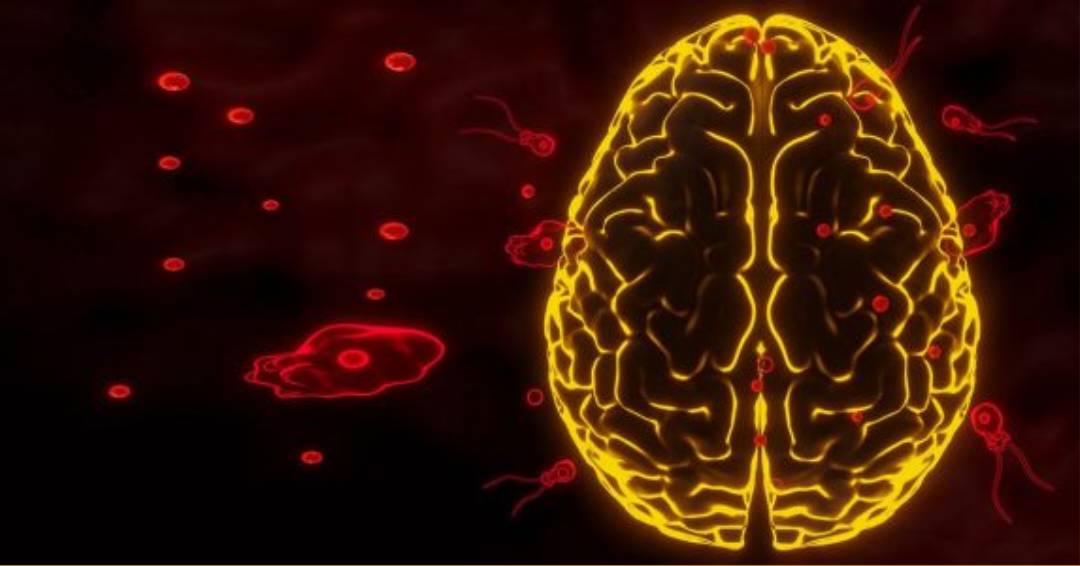
Naegleria fowleri, commonly known as the “brain-eating amoeba,” is a microscopic organism that has gained significant attention due to its rare but deadly infections. While encounters with this amoeba are extremely rare, it has the potential to cause a devastating brain infection known as primary amebic meningoencephalitis (PAM). In this feature, we will delve into the key aspects of Naegleria fowleri, including its characteristics, transmission, symptoms, and prevention measures.
Understanding Naegleria fowleri:
Naegleria fowleri is a free-living amoeba found in warm freshwater environments such as lakes, hot springs, and poorly maintained swimming pools. It thrives in temperatures between 25-46 degrees Celsius (77-115 degrees Fahrenheit) and feeds on bacteria and other microbes. The amoeba has three distinct forms: a cyst, a trophozoite (feeding form), and a flagellate (reproductive form).
Transmission and Infection:
Naegleria fowleri infections occur when contaminated water enters the body through the nose, usually during activities like swimming or diving. The amoeba then travels through the olfactory nerves to the brain, where it causes PAM. It is important to note that Naegleria fowleri infections do not occur through drinking contaminated water or contact with infected individuals.
Symptoms and Diagnosis:
After the amoeba enters the brain, symptoms of PAM typically appear within one to nine days, although the incubation period can vary. Initially, the symptoms resemble those of bacterial meningitis, including severe headache, fever, nausea, and neck stiffness. As the infection progresses, individuals may experience seizures, hallucinations, coma, and eventually death. Diagnosing Naegleria fowleri infection requires cerebrospinal fluid analysis and specialized laboratory testing.
Prevention and Treatment:
Preventing Naegleria fowleri infection primarily involves minimizing exposure to contaminated water. The following measures can help reduce the risk:
1. Avoiding activities that involve freshwater bodies with warm temperatures, especially during periods of high water temperatures.
2. Using nose clips or holding the nose shut during water-related activities to prevent water from entering the nasal passages.
3. Keeping swimming pools properly maintained with adequate levels of disinfectant.
4. Using only treated water for nasal irrigation or nasal rinsing.
5. Educating oneself about the amoeba and its potential risks.
Despite its low incidence, Naegleria fowleri infections are almost always fatal, with a survival rate of less than 5%. Treatment options include various anti-amoebic drugs, such as miltefosine and amphotericin B, along with supportive care to manage symptoms. However, early diagnosis and treatment are crucial for any chance of survival.
Research and Future Outlook:
Given the severity of Naegleria fowleri infections and the lack of effective treatments, ongoing research aims to better understand the amoeba and develop novel strategies to combat its pathogenicity. Scientists are investigating potential interventions, including improved diagnostic techniques, antiparasitic drugs, and the development of a vaccine.
While Naegleria fowleri infections are exceptionally rare, the consequences can be devastating. Awareness about the amoeba, its transmission routes, and preventive measures is essential to ensure personal safety. By understanding the risks associated with Naegleria fowleri and implementing appropriate precautions, individuals can minimize their chances of encountering this microscopic threat.

Post Your Comments